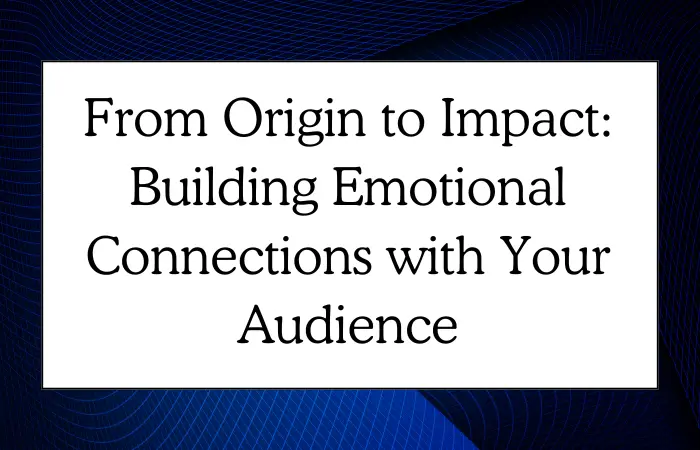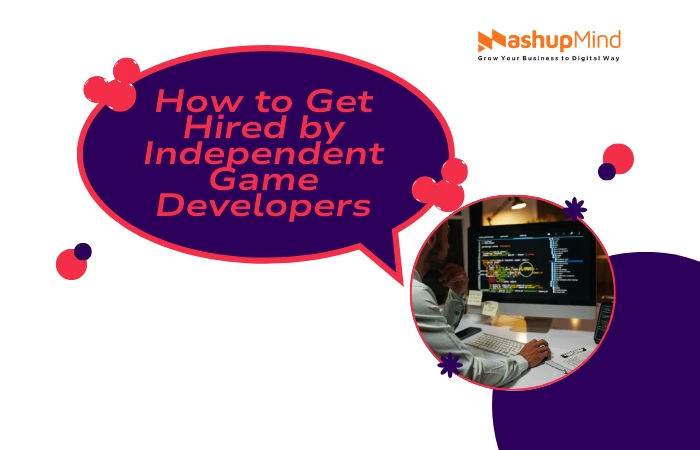The traditional notion of a brand as a product or service provider faces challenges in today’s fast-evolving competitive marketplace. Brands must now act as storytellers, community builders, and emotional anchors. Brands must zone in on an emotional connection as a differentiating factor to actively convert buyers into ardent fans. Brands that authentically connect with the human perspective will drive trust, engagement, and longevity. When companies focus their brand around consumer exploration, they have access to valuable insight into audience motivations, emotions, and needs—allowing them to create more meaningful and engaging experiences.
Strategies to Create Lasting Emotional Bonds with Your Audience
Creating actual emotional connections with the audience goes beyond eye-catching design or clever copy. Achieving the alignment of brand purpose and audience values every step of the way is necessary—but difficult. Below are five foundational strategies to help brands go beyond just a transaction and build a real emotional connection.
- Understand and Map the Customer Journey
An emotional connection begins with understanding. Every step of the customer journey—from discovering a product to interacting with the brand after purchase—shapes how people feel about it. Companies should find it valuable to identify these emotional touchpoints and to understand how a customer feels at those points, like confusion, comfort, excitement, or skepticism.
Emotional mapping helps designers build empathy into the user experience by introducing brand elements—such as stories, support, or personalization—that align with the customer’s mindset. When a brand appreciates the emotional experience in each touchpoint, acknowledges it, and works to connect to that moment in the journey, trust forms, and brand loyalty will follow. Brands that understand their customers’ journeys will foster deeper emotional connections that last.
- Anchor Storytelling in Brand Purpose and Authenticity
Stories create human connections. A brand’s story, from where it was born and what it wants to do to what it believes in, should be authentic and speak to a shared worldview. There are many better ways to communicate it than ”marketing copy.” A brand leading with their “why” allows you to envision yourself in that story, creating a more personally relevant connection than just a generic story.
Stories create human connections. A brand’s origin, purpose, and beliefs form an authentic story that reflects a shared worldview—far more meaningful than typical marketing copy. A brand leading with their “why” allows you to envision yourself in that story, creating a more personally relevant connection than just a generic story.
- Speak to Shared Values, Not Just Demographics
Demographics are often helpful in segmenting a market but do little to reveal what people’s interests really are. To establish emotional connections, a brand must align with a common belief and value. Maybe it’s sustainability, ingenuity, creativity, or inclusivity. Brands should take a clear stance and follow through with real actions, not just marketing messages.
This connection to values creates belonging. Audiences that subscribe to a brand’s worldview feel seen and validated, and emotional bonds develop beyond the prospect of commercial interest. Effective brand integration happens when companies deliver meaningful, purpose-driven messaging with integrity, building lasting emotional equity.
- Personalize Without Losing the Human Touch
There are many digital tools available in today’s world that allow for personalization, but emotional connection only occurs when personalization feels considered and not robotic. Brands should design personalization strategies that genuinely make customers feel understood, not just targeted by algorithms. Personalization also means remembering past interactions, offering informed recommendations, and adjusting tone and language for different audiences, among other things.
Personalization is about a continuum of experiences—different touchpoints; putting your audience in a sales funnel is not personalized. Whether during onboarding or after a purchase, treating each interaction as a genuine, two-way exchange helps create a more memorable and engaging experience.
- Build Community, Not Just Customers
Emotions flourish when in connection! One of the best ways in which brands can develop lasting emotions with audiences is by cultivating community spaces. Audiences, both online and in real-world settings, want to belong to something beyond a singular transaction. Whether it’s helping facilitate shared experiences, creating defined areas for exchange, or amplifying user voices, brands can turn a customer group into a community.
Communities offer a sense of belonging or identity and even ownership, ultimately turning emotional loyalty into advocacy. People form deeper emotional bonds when they feel connected not just to a brand but also to the community around it. Brands that promote connections among customers are more likely to create repeat engagement, resulting in audience-generated word of mouth and cultural relevance.
End Point
Emotional connections are not a consequence of marketing; they are the essence of brand strength. It is possible to transform businesses from simply functional providers to emotionally connected brands by discovering the customer journey, authentic storytelling, value alignment, personalization, and building community. The retention of emotional connection lasts and generates loyalty well outside of a transaction.







